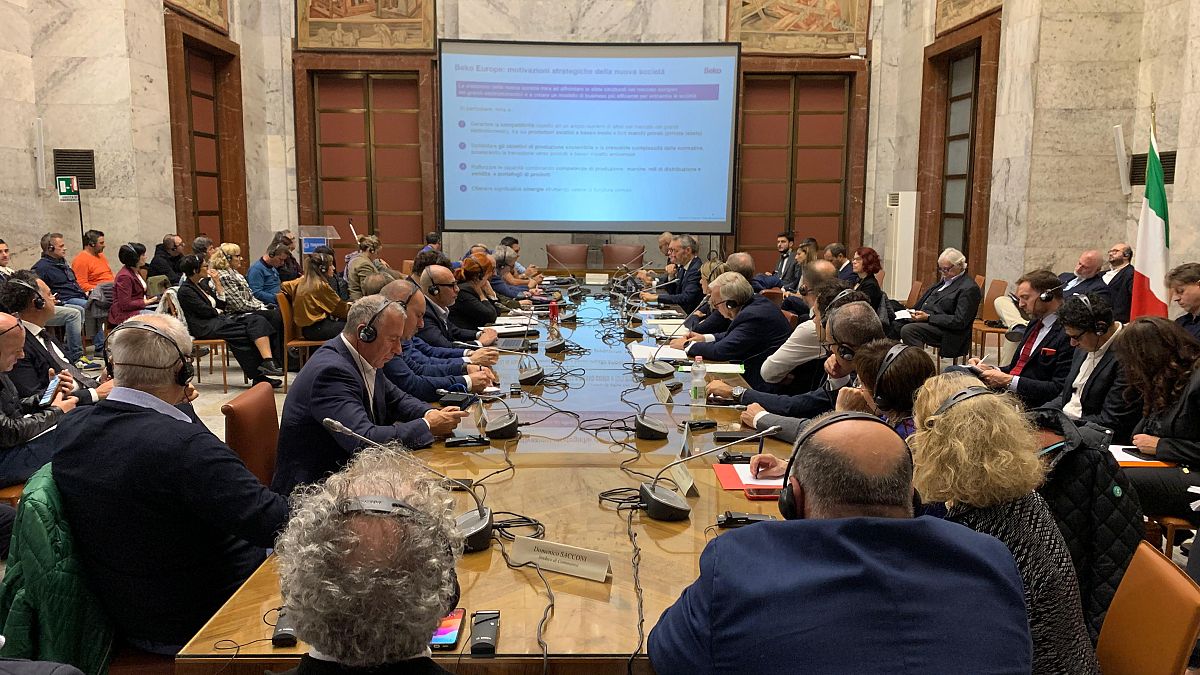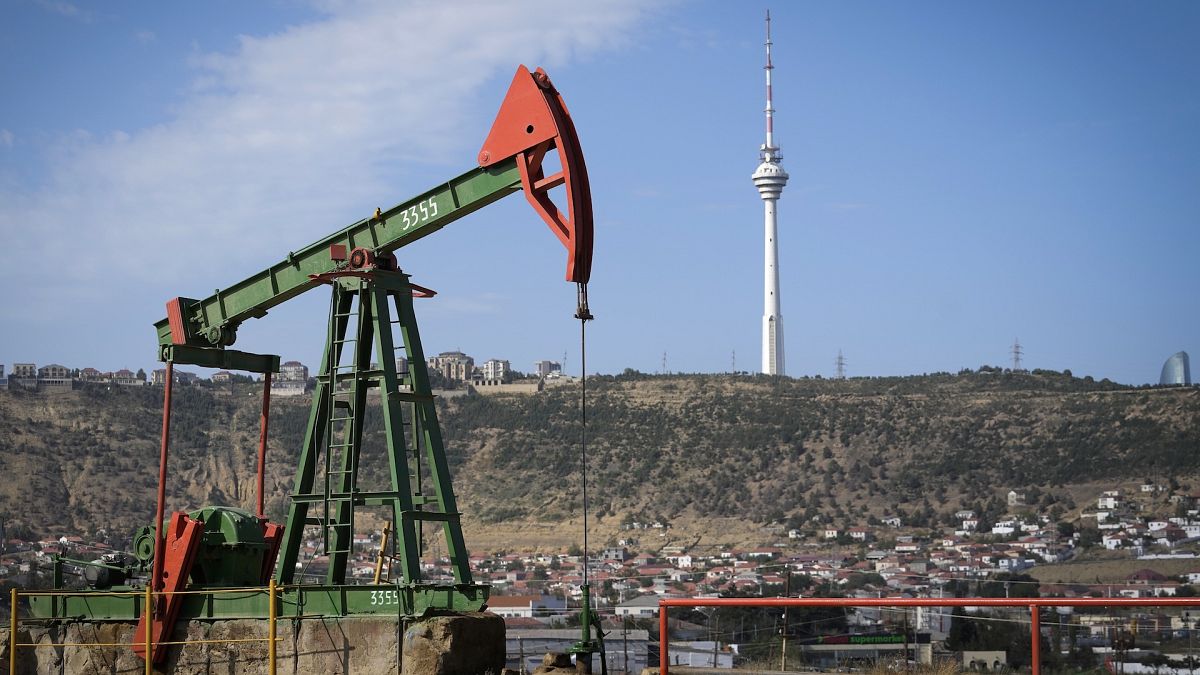European Central Bank keeps rates unchanged, says September move was ‘wide open’
The European Central Bank headquarters, in Frankfurt, Germany, on March 16, 2023.Heiko Becker/Reuters
The European Central Bank kept interest rates unchanged as expected on Thursday but said September’s meeting was “wide open” as it downgraded its view of the euro zone’s economic prospects and predicted that inflation would keep on falling.
The ECB cut rates from record highs last month in a move that even some of its policy-makers considered rushed given stalling disinflation, and the bank is proving more cautious about a follow-up step.
There were a few hints to support investor bets on another reduction in September, however, including ECB President Christine Lagarde’s comment that risks to growth were “tilted to the downside” – a change to her previous formulation that they were balanced, at least in the near-term.
“We would conclude that a September cut remains firmly on the agenda,” JPMorgan economist Greg Fuzesi said.
Lagarde said growth was likely to have slowed in the second quarter and that investment activity along with poor industrial output point to muted expansion ahead.
The comments reinforce expectations that weak activity will continue to suppress price pressures in the economy, allowing the ECB to cut rates further, perhaps once a quarter.
But the ECB has burnt itself repeatedly by providing overly specific guidance, so this time Lagarde said the bank would not pre-commit to any rate path and data would guide decisions.
“So the question of September and what we do in September is wide open,” said Lagarde, who also chose not to repeat a comment she made after June’s rate cut that there was now a “strong likelihood” the dialling back of monetary policy was under way.
Some also took her comments on wages as a modest hint that further policy easing is coming.
While wage growth remains high, anemic activity and already settled wage deals point to a slowdown ahead and income growth is expected to be consistent with the ECB’s inflation target next year, Lagarde said.
“We read all this as another sign that the ECB retains a dovish bias as it eyes a soft landing,” TS Lombard economist Davide Oneglia said.
“Leading indicators remain consistent with more service disinflation in the second half, warranting at least another couple of cuts to avoid real rates from becoming progressively tighter.”
The euro eased fractionally after Thursday’s decision which had been telegraphed by policy-makers in recent weeks. The September meeting will come at around the time that markets also see the U.S. Federal Reserve cutting.
Markets are pricing in almost two ECB rate cuts for the rest of the year and a little more than five moves by the end of next year, a view no policy-maker has openly challenged for weeks.
A key issue in providing specific guidance is that the Sept. 12 policy meeting is unusually far away and a rich set of economic data will come out before policy-makers meet again.
Quarterly figures on growth, wages and productivity are all due out by September, plus two more monthly inflation readings, while the ECB will give its own new inflation and growth projections at the meeting.
This suggests that policy-makers are unlikely to firm up their view on the September meeting until the closing weeks of August, at the earliest.
“As long as the inflation data is roughly pointing in the intended direction, the dovish-dominated ECB Governing Council is likely to cut its policy rates further at its next meeting in September,” Commerzbank economist Joerg Kraemer said. “Further interest rate cuts should follow in December and March next year.”
The ECB’s key concern is that domestic prices, particularly for services, are moving sideways, while relatively quick wage growth threatens to perpetuate inflation above the ECB’s target.
The economy also remains relatively weak, with a string of surveys pointing to anemic growth, easing fears that buzzing summer activity, particularly in tourism, will further fuel price pressures.
But much of this is still just a hope and there have been few hard indicators coming through since the June 6 rate cut to confirm that projections are materializing into fact.
Some also argue that the ECB is downplaying risks to its central scenario, which puts inflation back at its 2 per cent target by the end of 2025 even as rates continue to ease.
Related
Beko Europe announces 1,935 redundancies: What is the group’s plan?
Beko Europe has announced the closure of two sites resulting in nearly 2,000 redundancies. ADVERTISEMENTAt a meeting in Rome with Unions at the Min
Ford to cut 4,000 jobs in Europe and Britain, cites…
Open this photo in gallery:A Ford vehicle at the Canadian International Auto Show, in Toronto, on Feb. 15.Cole Burston/ReutersFord Motor Co. F-N says it will re
European stocks fall to three-month low amid geopolitical jitters
The European markets briefly hit a three-month low due to heightened tensions in the Ukraine-Russia war. Investors shifted towards safe-haven assets, w
Hotel booking data reveals ‘summer-holiday… | Travolution
HotelHub, a hotel technology solution provider for travel management companies and their corporate customers, has released its HotelHub Index for Q3 2024.The an


_w=1200_h=630.png?v=20230522122229)









